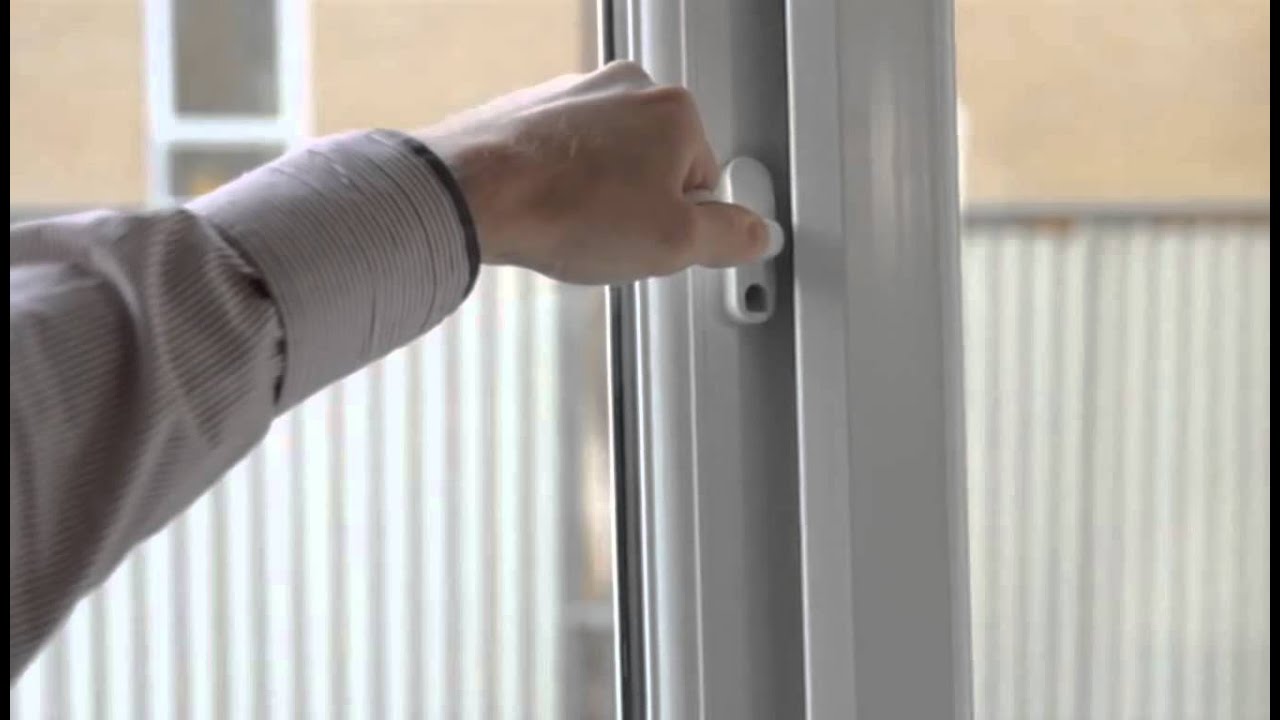A Simple Guide to Closing Windows

Windows are an essential part of any building, providing natural light, ventilation, and an aesthetic appeal. However, they can also pose a challenge when it comes to maintaining energy efficiency and security. In this comprehensive guide, we will explore the art of closing windows, delving into the various types of windows, their unique mechanisms, and the best practices to ensure a snug and secure closure. By the end of this article, you'll be equipped with the knowledge to master the simple yet crucial task of closing windows effectively.
Understanding Window Types and Their Mechanisms

Windows come in a myriad of styles and designs, each serving a specific purpose and offering unique functionalities. From the traditional casement windows that swing outward to the sleek and modern sliding windows, the variety is vast. Understanding the type of window you’re dealing with is the first step towards ensuring a proper closure.
Casement Windows
Casement windows are one of the most common types, featuring a hinged design that opens outward. These windows often utilize a manual crank mechanism or a handle to operate the window. To ensure a tight closure, it’s essential to engage the window latch, which locks the window in place and provides a secure seal.
Here’s a step-by-step guide to closing casement windows:
- Locate the window crank or handle and turn it to open the window.
- Clean any debris or obstacles that might hinder a smooth closure.
- Close the window by turning the crank in the opposite direction.
- Engage the window latch by pushing or pulling the handle until you hear a click, indicating a secure lock.
- Check for any gaps or drafts to ensure a tight seal.
Sliding Windows
Sliding windows, as the name suggests, operate by sliding horizontally. They are often found in modern homes and commercial buildings due to their sleek design and ease of operation. These windows typically feature a track mechanism that allows the window to glide smoothly.
To close sliding windows effectively:
- Ensure the window is clean and free from any obstructions.
- Gently push or pull the window until it reaches the desired position.
- Engage the locking mechanism by sliding the latch or turning the handle.
- Check for any gaps or drafts, especially around the edges of the window.
Awning and Hopper Windows
Awning and hopper windows are hinged at the top or bottom, respectively, and open outward. These windows are often used in basements, bathrooms, and other areas where a casement window might be impractical. They provide excellent ventilation and are easy to operate.
Closing awning and hopper windows involves the following steps:
- Locate the window handle or crank and open the window.
- Clean the window and ensure there are no obstructions.
- Close the window by pushing or pulling it gently.
- Engage the locking mechanism by sliding the latch or turning the handle.
- Check for any gaps or drafts, especially at the hinge point.
Double-Hung Windows
Double-hung windows are a classic choice for many homes. They feature two sashes, both of which can move up and down independently. These windows offer excellent ventilation and are easy to maintain.
To close double-hung windows properly:
- Locate the window sashes and ensure they are clean and free from debris.
- Gently push or pull the sashes until they reach the desired position.
- Engage the locking mechanism by sliding the latch or turning the handle.
- Check for any gaps or drafts, especially around the edges of the sashes.
The Importance of a Proper Window Seal

A proper window seal is crucial for maintaining energy efficiency, security, and comfort within your space. When windows are not closed correctly, it can lead to drafts, moisture intrusion, and even energy loss. Here’s why a tight window seal matters:
Energy Efficiency
A well-sealed window acts as an effective barrier, preventing the escape of conditioned air and the infiltration of outside air. This helps maintain a consistent indoor temperature, reducing the workload on your heating or cooling systems. As a result, you can enjoy lower energy bills and a more sustainable home.
Security
Properly closed and locked windows provide an added layer of security. When windows are left ajar or not fully engaged, they become an easy entry point for intruders. By ensuring a tight seal and engaging the locking mechanism, you can deter potential break-ins and keep your home safe.
Comfort and Health
A secure window closure helps maintain a comfortable indoor environment. It prevents drafts, which can cause discomfort and even health issues, especially for individuals with respiratory sensitivities. Additionally, a well-sealed window keeps out outdoor allergens and pollutants, promoting a healthier indoor air quality.
Tips for Maintaining Window Efficiency
To ensure your windows continue to operate efficiently and provide a secure closure, consider the following tips:
Regular Maintenance
Schedule regular maintenance checks for your windows. Inspect the hardware, hinges, and locks for any signs of wear and tear. Lubricate moving parts as needed and tighten any loose screws to ensure smooth operation.
Weather Stripping
Weather stripping is a vital component of window efficiency. It creates a tight seal around the window frame, preventing drafts and moisture intrusion. Inspect the weather stripping regularly and replace it if it shows signs of wear or damage.
Use of Window Treatments
Window treatments, such as curtains or blinds, can enhance the efficiency of your windows. They provide an additional layer of insulation, helping to regulate indoor temperature and reduce energy loss. Choose window treatments that fit your aesthetic preferences while offering maximum energy efficiency.
Window Upgrades
If your windows are old or not energy-efficient, consider upgrading to modern, high-performance windows. Today’s windows are designed with advanced technologies, offering superior insulation, UV protection, and noise reduction. Investing in energy-efficient windows can significantly improve your home’s comfort and reduce your carbon footprint.
The Future of Window Technology
The window industry is continuously evolving, with innovative technologies and designs pushing the boundaries of what windows can do. Here’s a glimpse into the future of window technology:
Smart Windows
Smart windows are a cutting-edge innovation, featuring integrated sensors and automated systems. These windows can adjust their tint or opacity based on the amount of sunlight or heat, providing optimal comfort and energy efficiency. They can also be controlled remotely, offering convenience and precision in window management.
Self-Cleaning Windows
Self-cleaning windows are a dream come true for homeowners. These windows are coated with a special hydrophobic or photocatalytic coating that repels water and breaks down organic matter. As a result, rain or sunlight can naturally clean the windows, reducing the need for manual cleaning.
Energy-Generating Windows
Windows of the future may not only provide insulation and natural light but also generate energy. Innovative designs are exploring the integration of solar cells or other energy-harvesting technologies into windows, turning them into power-generating assets for your home.
Conclusion
Closing windows might seem like a simple task, but it plays a vital role in maintaining the comfort, security, and energy efficiency of your home. By understanding the various window types and their mechanisms, you can ensure a proper closure, leading to a more sustainable and comfortable living environment. As window technology continues to advance, we can expect even more innovative solutions that will shape the future of our homes.
What is the best way to clean different types of windows?
+The cleaning method can vary depending on the window type. For casement and awning windows, it’s best to open them fully to access the entire surface. Sliding windows can be cleaned from the inside by sliding them to one side. Double-hung windows can be tilted inwards for easy cleaning. Always use a soft cloth or sponge and a mild detergent to avoid scratching the window surface.
How often should I lubricate my window hardware?
+Lubricating your window hardware helps ensure smooth operation and prevents wear and tear. It’s recommended to lubricate the hinges, locks, and any moving parts at least once a year, or more frequently if you notice any sticking or friction.
Can I repair a broken window latch myself?
+Repairing a broken window latch depends on the extent of the damage and your DIY skills. In some cases, you may be able to replace the latch mechanism yourself with the right tools and instructions. However, for more complex issues or if you’re unsure, it’s best to consult a professional window repair expert to ensure a safe and proper repair.

